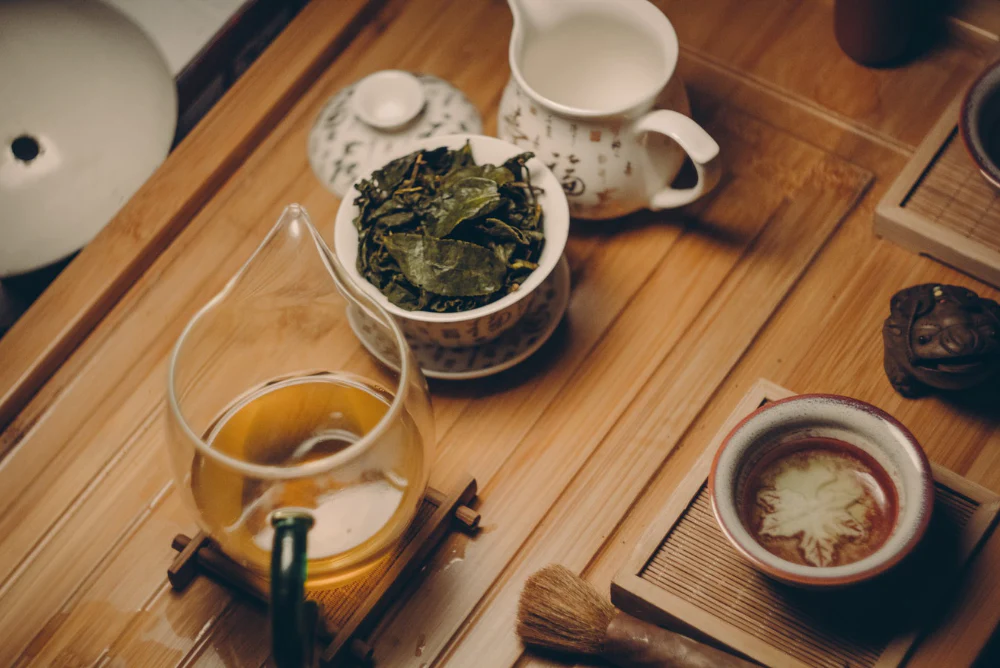Tea leaf reading, also known as tasseography or tasseomancy, is the divination practice of interpreting symbols and patterns in clumps of loose-leaf tea on the side of a cup. The practice is believed to have been around as long as people have been enjoying cups of tea. It is considered a safe and affordable alternative to other forms of divination, such as tarot cards or palm reading, and it has been a popular pastime for centuries.
Tasseography can be practiced with almost any type of loose-leaf tea, but it is commonly associated with Chinese green and oolong varieties. It can also be used with Turkish coffee or any method of brewing that leaves sediment at the bottom of the cup. The readings are based on the belief that the patterns and shapes in the tea leaves can offer clues about a person’s future.
There are a few key factors to remember when practicing tasseography. First, the querent should make sure they are drinking their own cup of tea. This is important because the readings should be based on the individual’s personal energies, so they can receive more detailed and accurate answers. Next, the querent must clear their mind while drinking the tea and concentrate on the question they are asking. Lastly, the querent should be patient as it can take up to an hour for the tea to fully steep and settle in their cup.
Traditionally, a book of symbols is used for tasseography, but it is possible to read the leaves without it. However, the use of a symbol dictionary helps to standardize the interpretations and make them easier to understand. This is especially helpful for those who may not be familiar with the symbols and their meanings.
It is also important to note that tasseography is not a scientifically proven method of divination. The practice relies on apophenia and pareidolia, which are the human tendency to see meaningful connections in random visual or audible data. In other words, those random clumps of tea leaves at the bottom of your cup don’t really contain symbols – they just look like them.
While some believe that tasseography can be traced back to Ancient China, this is likely a bit of historical revisionism. Few dependable sources refer to tea leaf divination in China at that time, and the practice most likely originated from medieval Europe, where fortune tellers interpreted splatters of wax and lead in their tarot cards. It probably then evolved into reading patterns in tea leaves as tea made its way to Europe via trading routes to China.
Becky works at the intersection of textiles and technology, combining traditional weaving with advanced techniques including technical knit development, tapestry weaving, crochet for 3D forms and tufting for rug outputs. She currently lectures on our BA (Hons) Textile Design course, imbuing her teaching with an artistic practice and a depth of technical knowledge. Her exhibition ‘Tasseography Textiles’ showcases a unique collaboration with 39 participants, each of whom had a tufted artwork designed and created for them.







